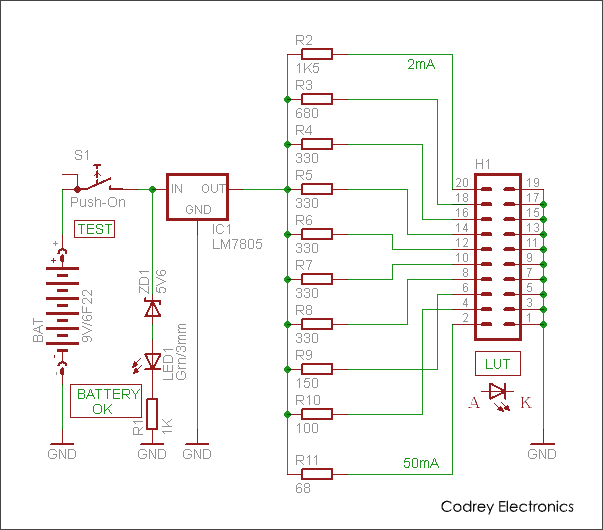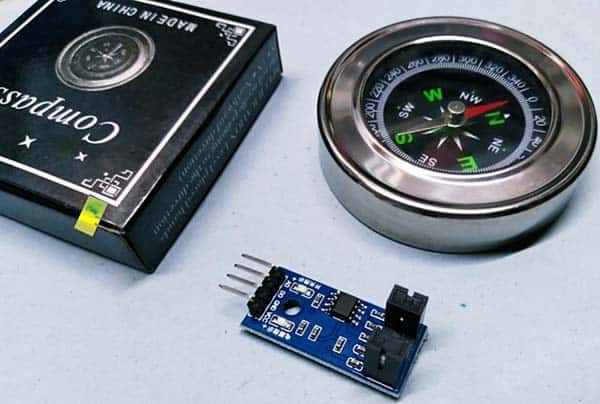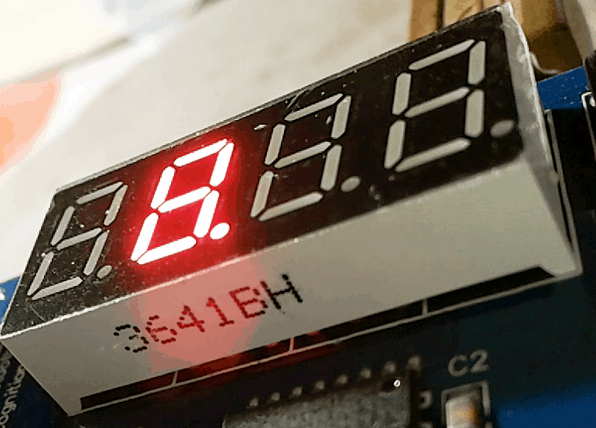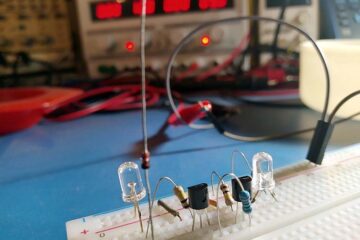The circuit below shows a simple light emitting diode tester, powered from a 9V compact battery,which can be used to test almost all common light emitting diodes (LEDs). Common LEDs require a dc forward bias current of 10 to 20 mA for proper operation (maximum typical dc current is 30 to 50 mA). The color of light (or wavelength λ) emitted from the LED depends on the semiconductor material used to fabricate the LED and this in turn determines the actual LED forward voltage (Vf) at the operating current (If).
The universal LED tester presented here supplies current in 2 to 50mA range for testing common LEDs. This LED tester circuit can be assembled comfortably on a small perfboard, and can easily be modified (with extra test sockets/clips plus requisite components) to cater test currents up to 150 mA or so to valuate many other popular LEDs. For simple LED tests this little tester is precise enough. Whosoever wants to have more accurate results, it makes sense to find out suitable components themselves, experimentally.
The schematic drawing shown here lacks any explanation. Here’s why. As the idea is very simple with a low-cost low-tech approach, it’s superfluous I think. Just make it, plug in, press button, done!

Finally, I would like to mention that I don’t recommend using this design exactly since there are a number of things that need enhancements. But hopefully, this can serve as a starting point for your own design.



